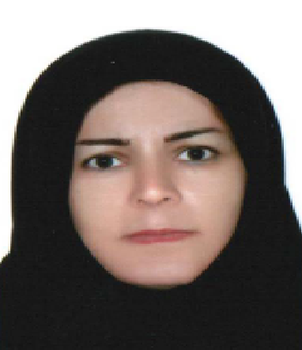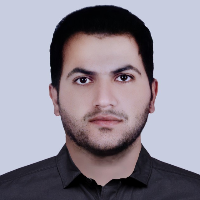Spatial Differences in Socio-Economic Exclusion of Cultural and Ethnic Groups in Sanandaj with Emphasis on Gender
In Iran, along with the growth of urbanization, the spread of poor neighborhoods, especially informal settlements, has been the phenomena of the contemporary city. One of the reasons for marginalization is cultural and ethnic exclusion. Socio-economic exclusion is a multidimensional phenomenon, and it goes beyond material dimensions and economic deficiencies, which implies a wide range of social, cultural and political deprivations. In this regard, gender is one of the most important issues that causes stratification in all societies. Given that half of the population of each society are women, this study aims to study the spatial differences in the socio-economic exclusion of marginalized cultural and ethnic groups in Sanandaj with an emphasis on gender. The method of collecting information, library, documentary and questionnaire. Sampling was done purposefully and out of a population of 260,000 marginalized people in Sanandaj, 400 people were selected using the Cochran formula. SPSS analysis of data was performed using SPSS software. Through the multivariate regression test in both aspects of access to resources and Exclusion / social integration, economic factors with numerical value of "0/498 and 0/568" had the most effect on the socioeconomic provision of individuals. It was also determined through an independent independent t test that, in terms of access to resources, economic factors and poor social services, numerical values were "43/166 and 41/647", respectively, and in terms of crises / social integration, economic factors and social flagging, Respectively, with numerical values of "49/706 and 47/123" had the most impact on the social and economic exclusion of women.
-
Capacity of rural-urban interactions and structural empowerment of farmers toward rural economy sustainability (Case Study: Semirom county)
Farid Farhadi, Naser Shafiei Sabet *,
Journal of Earth Science Researches, -
Women: A Turning Point of Urban Resilience in the Post-COVID-19 Era: The Case Study of Tehran, Iran
*, Hamideh Sadat Aghamiri, Hossein Azadi
Journal of Sustainable Earth Trends, Jul 2024 -
Identifying and Analyzing Drivers and Strategies of Place Quality with the Aim of Achieving Sustainable Urban Regeneration (Case Study: Separate Urban Area of Naysar; Sanandaj)
, Seyed Ali Alavi*
Journal of Future Cities vision, -
Drawing the Knowledge Map of the International and Domestic Scientific Cooperation Network for Housing Planning in the 21st Century
Abolfazl Meshkini *,
Urban Areas Studies,



